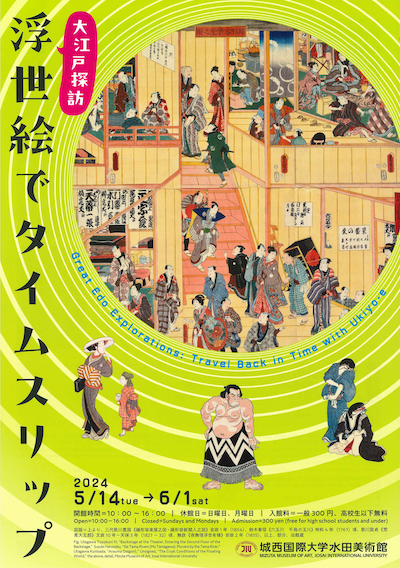Ukiyo-e prints were a form of media well known to the people of the Edo period. Modern equivalents would be gravure images for finding out about the latest fashion, picture collectibles of popular entertainment stars, and images of tourist attractions that make you want to visit them. In addition to entertainment news about your favorite courtesan, kabuki and sumo shows, and unveiling of temple treasures, some of the circulating ukiyo-e were reflections of society, such as “catfish pictures” appearing after an earthquake and “measles pictures” published to prevent or ward off an epidemic.
This exhibition features works categorized by theme, exploring the question of what Edo people wanted from ukiyo-e and what they used them for. Take this chance to travel back in time to the Edo period through ukiyo-e.
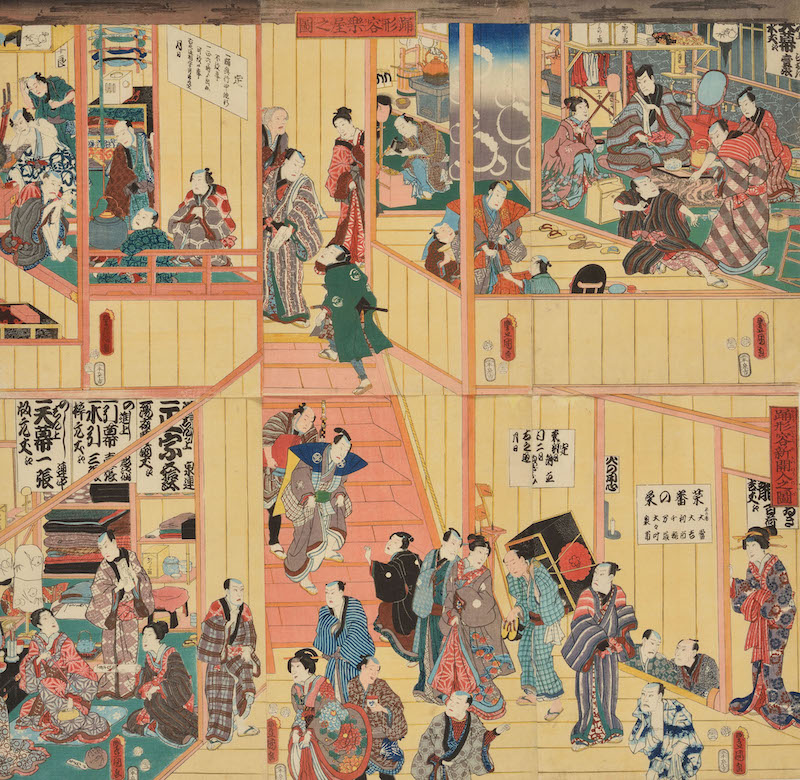
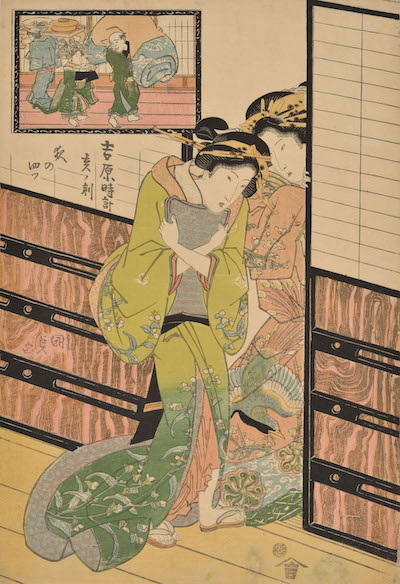
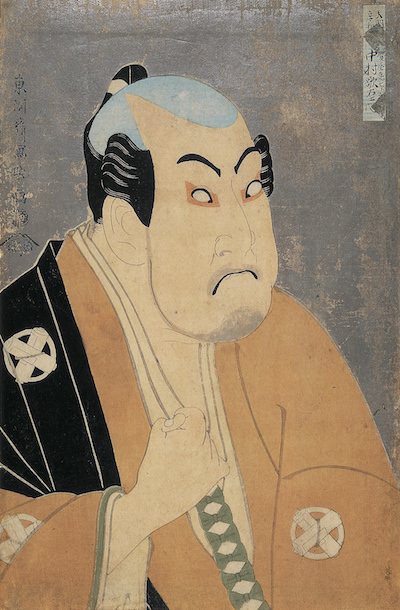
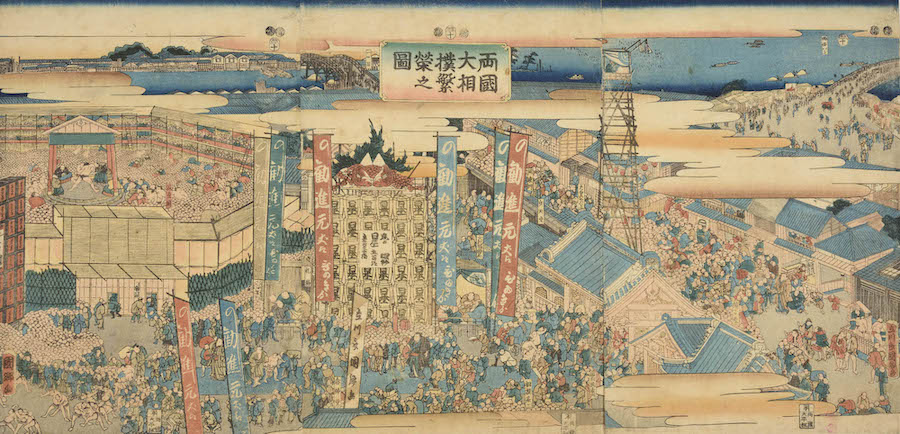
Suzuki Harunobu, “Six Tama Rivers (Mu Tamagawa): Plovers by the Tama River,” detail, c.1767
Utagawa Toyokuni III, “Backstage at the Theater, Entering the Second Floor of the Backstage,” 1854
Utagawa Kunisada, “Yoshiwara Clock: Hour of the Boar (9-11 p.m.),” 1818-1830
Tōshūsai Sharaku, “Tanimura Torazō as Washizuka Hachiheiji,” 1794
Utagawa Kunisato, “Flourishing Sumo in Ryōgoku,” 1853
the above, Mizuta Museum of Art, Josai International University


